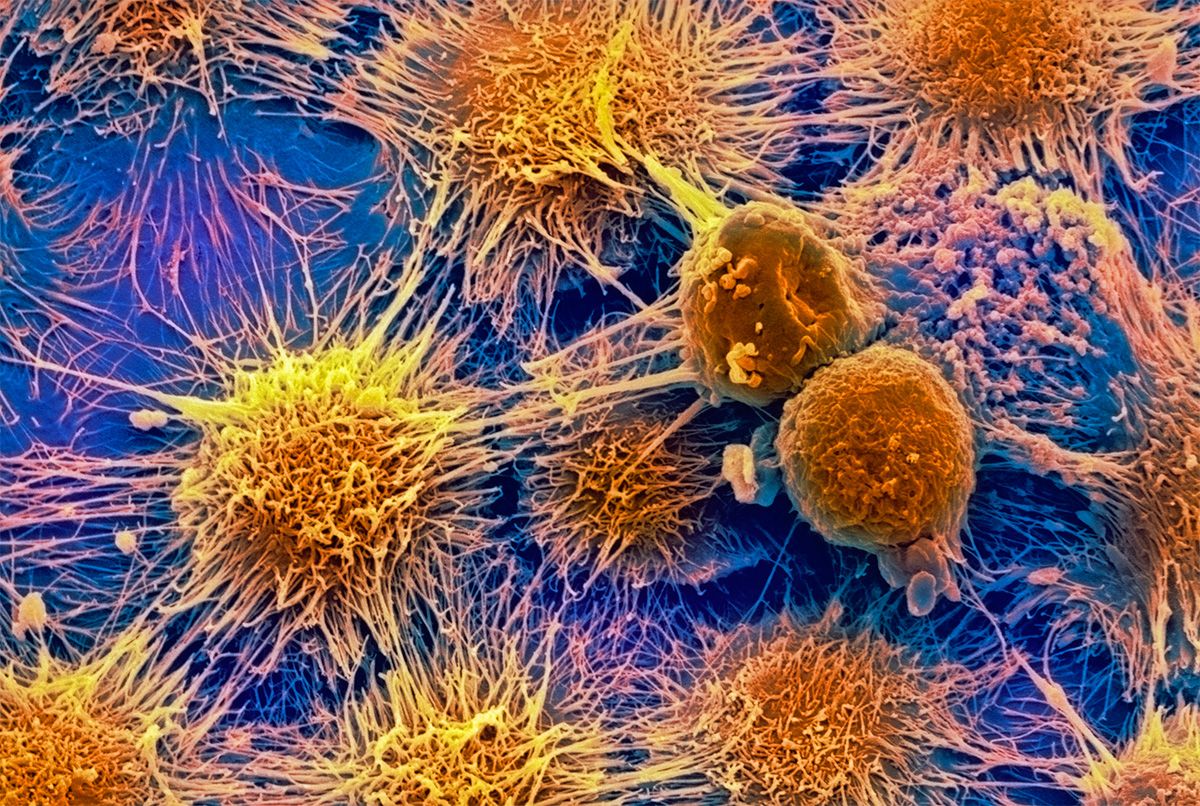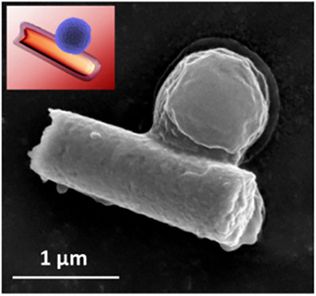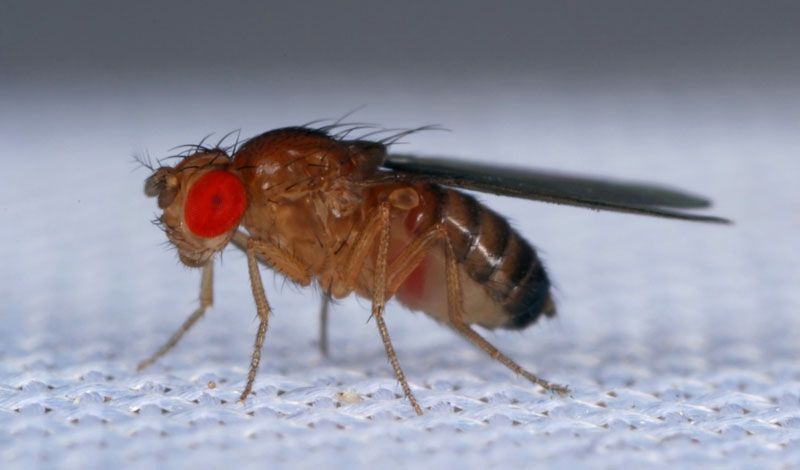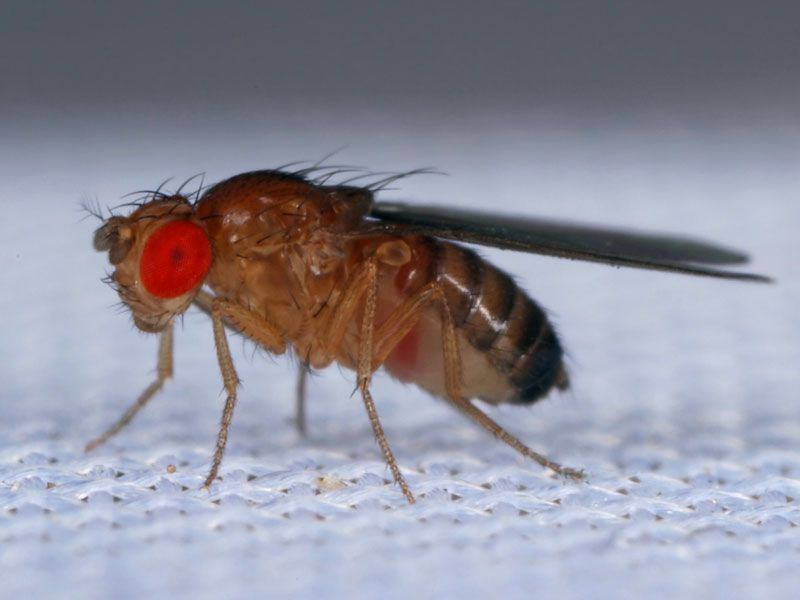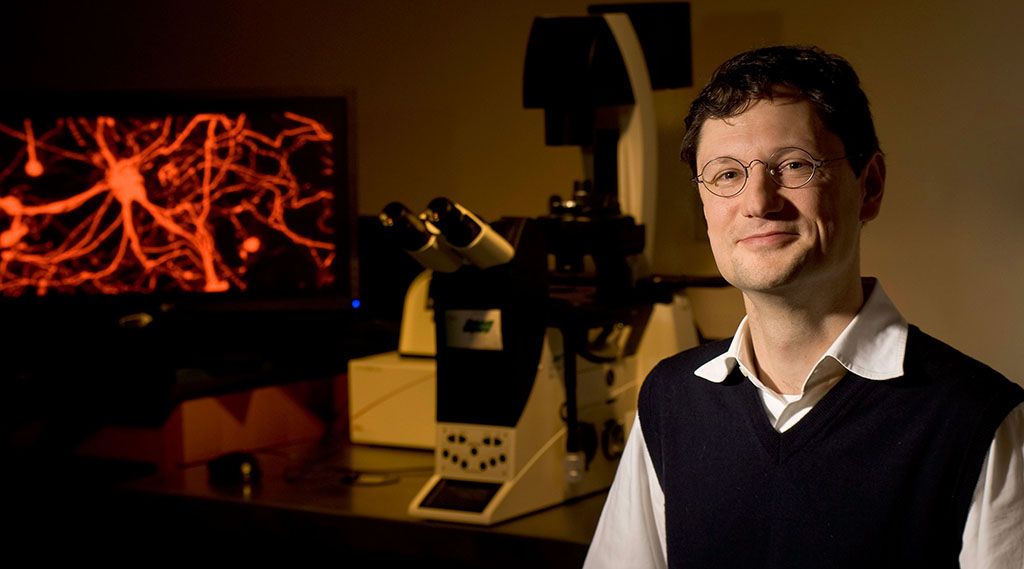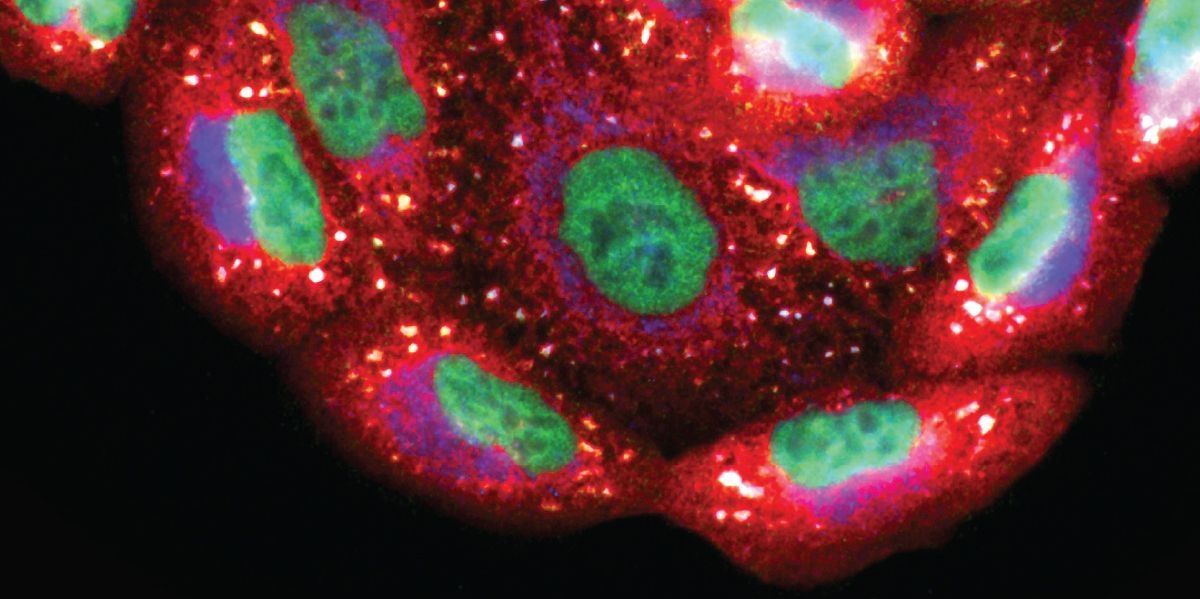Jun 6, 2018
Quantum Computing: Is it the end of blockchain?
Posted by Genevieve Klien in categories: bitcoin, cybercrime/malcode, encryption, internet, quantum physics
E xperts are suggesting quantum computing may render blockchain obsolete. As the tech giants such as Google and IBM are showing interest in Quantum computing the danger is evident. According to MIT Technology Review, this type of computing can hack the cryptography hash that universally secures the blockchain and in general the internet. This would suggest quantum computers may complete fraudulent transactions and steal coins. With its exponential power, quantum computers threaten blockchain’s future security.
Blockchain consists of encrypted nodes connected on a chain, which currently makes it almost impossible to hack. The order of entries adheres to the blockchain protocol, which makes it counterfeit-resistant.
To successfully hack a blockchain, you would need to alter both the targeted block and all of the blocks connected. Blockchains are synced throughout a peer-to-peer network. In this type of system, there is no central point of failure for hackers to penetrate. For a hacker to have a chance of penetrating the network, they would need to simultaneously alter at least 51% of the blockchain.
Continue reading “Quantum Computing: Is it the end of blockchain?” »

